How much water does a Bosch dishwasher use?
 The most important thing that any dishwasher gives us is saving free time and effort. But that’s not all, because even the water consumption in a Bosch dishwasher is significantly lower than if you wash the dishes yourself. This is especially important in the current situation, when housing and communal services tariffs are raised twice a year. Let's take a closer look at water consumption and other PMM parameters that help save the family budget.
The most important thing that any dishwasher gives us is saving free time and effort. But that’s not all, because even the water consumption in a Bosch dishwasher is significantly lower than if you wash the dishes yourself. This is especially important in the current situation, when housing and communal services tariffs are raised twice a year. Let's take a closer look at water consumption and other PMM parameters that help save the family budget.
What is the fluid consumption and what does it depend on?
To understand how much water a dishwasher consumes, you need to know its capacity. It is the type of equipment that most influences consumption.
- Narrow and full-size middle-class appliances designed for one-time cleaning of up to 9 and up to 14 sets of dishes, respectively. On average, these “home assistants” spend about 9-14 liters of water per working cycle. Due to the fact that most often PMMs are connected specifically to cold water supply, this helps to spend resources even more efficiently. Thus, to clean 9 sets of dirty dishes, the machine requires on average only 9 liters of water - an incredibly economical result.
Water goes through several stages during the working cycle - first it is collected and purified through a special filter, then it is used for washing, then it rinses the dishes, and at the very end of the work it rinses the utensils again and then goes to the drain.
- Economical machines that can spend only 7 liters of water per wash and even less. These are either compact dishwashers or household appliances from the premium segment. Therefore, low fluid flow does not mean low capacity.For example, the Siemens SN 236100 ME machine consumes only 6.5 liters of water, but can wash 13 sets of dirty dishes at once, plus it has a high energy consumption class A++. Often, economical washing equipment requires 40% less water than conventional PMMs.
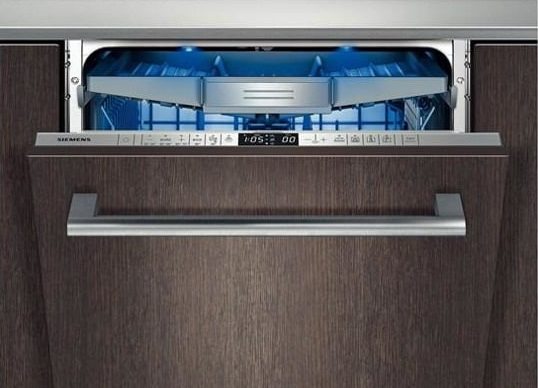
At the same time, inexpensive machines can also be called economical, but they “pay for it” with a small capacity - only 6-8 sets. They spend about 6.5-9 liters of water at a time, which is slightly lower than or equal to the consumption of large machines, but negatively affects the washing efficiency per cycle.
How is the profitability of PMM determined?
Let's move on to the overall efficiency of dishwashers. The level of water consumption divided household appliances into 3 classes:
- highly economical;
- moderately economical;
- uneconomical.
For user convenience, they are all marked with a separate letter from “A” to “G”. Bosch equipment is produced only with high efficiency - from “A” to “C”. Equipment with worse efficiency "C" is now practically not produced or imported, so it is almost impossible to stumble upon such low-quality equipment.
There is no one standard for how much water and electricity is needed for a dishwasher. Consumption depends on two factors:
- equipment features;
- availability of additional functions.
There is also a separate division according to capacity. According to it, equipment is also divided into only 3 classes.
- Household, which can be both narrow and full-size, consuming 9-14 liters of water per operating cycle.
- Compact, which consume 6.5-10 liters.
- Professional, usually installed in restaurants, cafes and other catering places with high traffic, capable of spending 20-25 liters of water at a time.
The numbers may differ on different models, because some machines have a half-load mode, which helps reduce fluid consumption by about 30%.
We also note the intelligent evaluation function, which is usually found in expensive household appliances. This option allows the equipment to estimate the required amount of water for dishes loaded into the washing chamber.
How much water is wasted when washing dishes by hand?
Typically, manual washing of dishes in the amount that a dishwasher can wash at a time requires about 70-100 liters of water. It is important to take into account that when washing by hand, not only cold, but also hot water is consumed, the heating of which also takes resources. Thus, a dishwasher with a consumption level of 7-14 liters can wash the same amount of dishes, spending 10 times less water. Let's make an approximate calculation with maximum data for a dishwasher and minimum data for manual work.
- PMM. 14 liters of water per day x 365 days a year = 5110 liters of cold water.
- Hand wash. 70 liters of water per day x 365 days a year 25550 liters of hot and cold water.
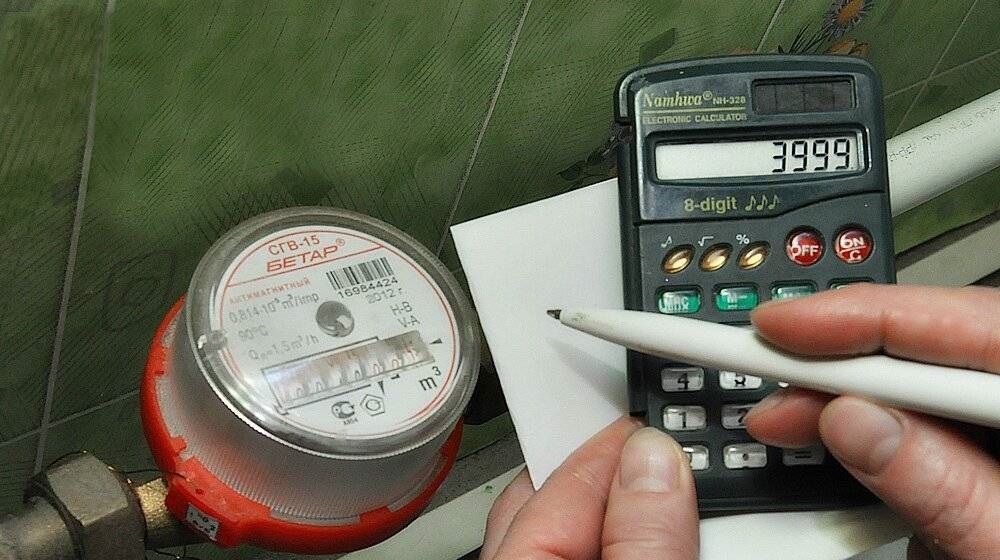
The price for 1 cubic meter of water directly depends on the region, so for the average we will take 0.5 $ per cubic meter of cold water and 1 $ per cubic meter of hot water. It is logical that the average user will use a little more hot water to wash dishes, so for a rough calculation we will divide 25,550 liters of water into 12,000 liters of cold and 13,550 liters of hot.
- PMM = 2 $.
- Hand wash. = $19.
Therefore, if you take into account only water consumption, then with a dishwasher it will be almost 8 times more economical than without it.
Dishwasher energy consumption
But water consumption is not all that a dishwasher spends. It is also necessary to sort out the electricity that goes into operating the equipment. The water heating element, circulation pump and pump consume the most electricity. The element for drying dishes is also considered very energy-consuming.
There may be no drying costs at all if the PMM model does not provide for drying. There are machines that have convection drying and do not have a second heating element with a fan - such equipment spends up to 40% less energy. You also need to take into account the capacity of the tank in which water is stored during operation, because the smaller the tank, the less water needs to be heated, and the less energy will be spent on this process.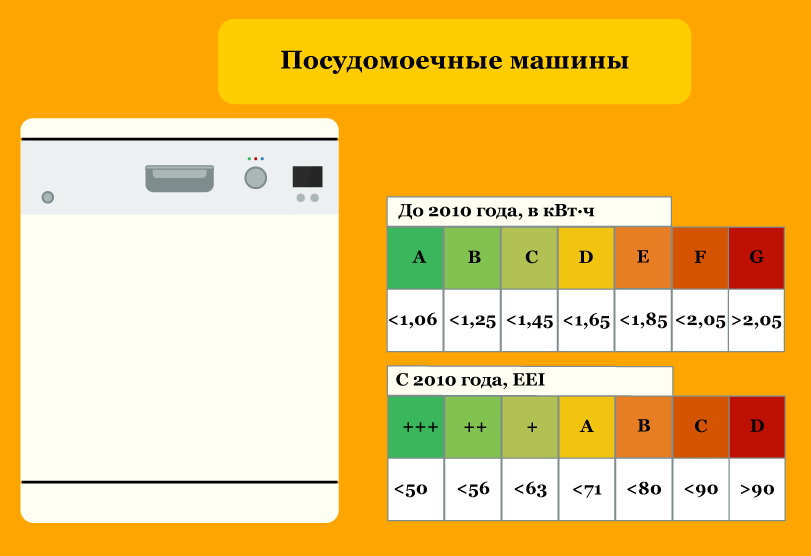
Be sure to research your dishwasher's energy efficiency before purchasing. Today this process is greatly simplified, because you can look at the energy consumption class expressed by one single letter:
- A – 0.71 kW or less.
- B – less than 0.8 kW.
- C – less than 0.9 kW.
- D, E – more than 0.9 kW.
- F, G – 2-2.7 kW.
Models with class “D” and below are very difficult to find today. But it is very easy to find models with class “A++” and better - this means that the equipment for work consumes even less than 0.6 kW.
Interesting:
Reader comments
- Share your opinion - leave a comment
Categories
Washing machine repair


For buyers

For users

Dishwasher



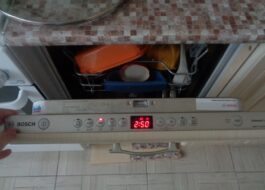
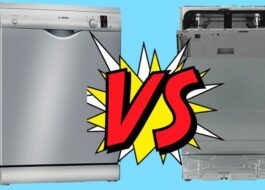












Add a comment